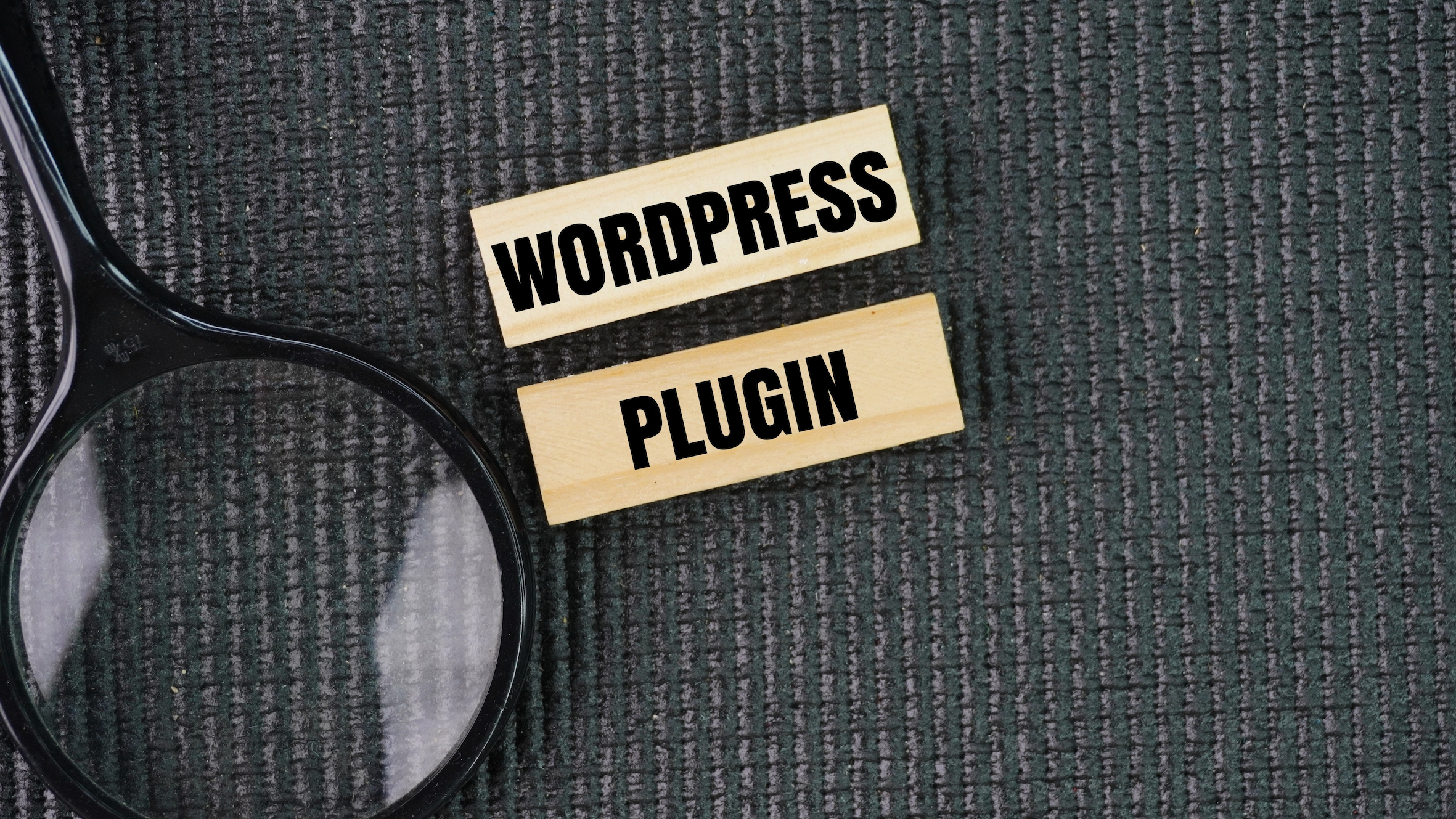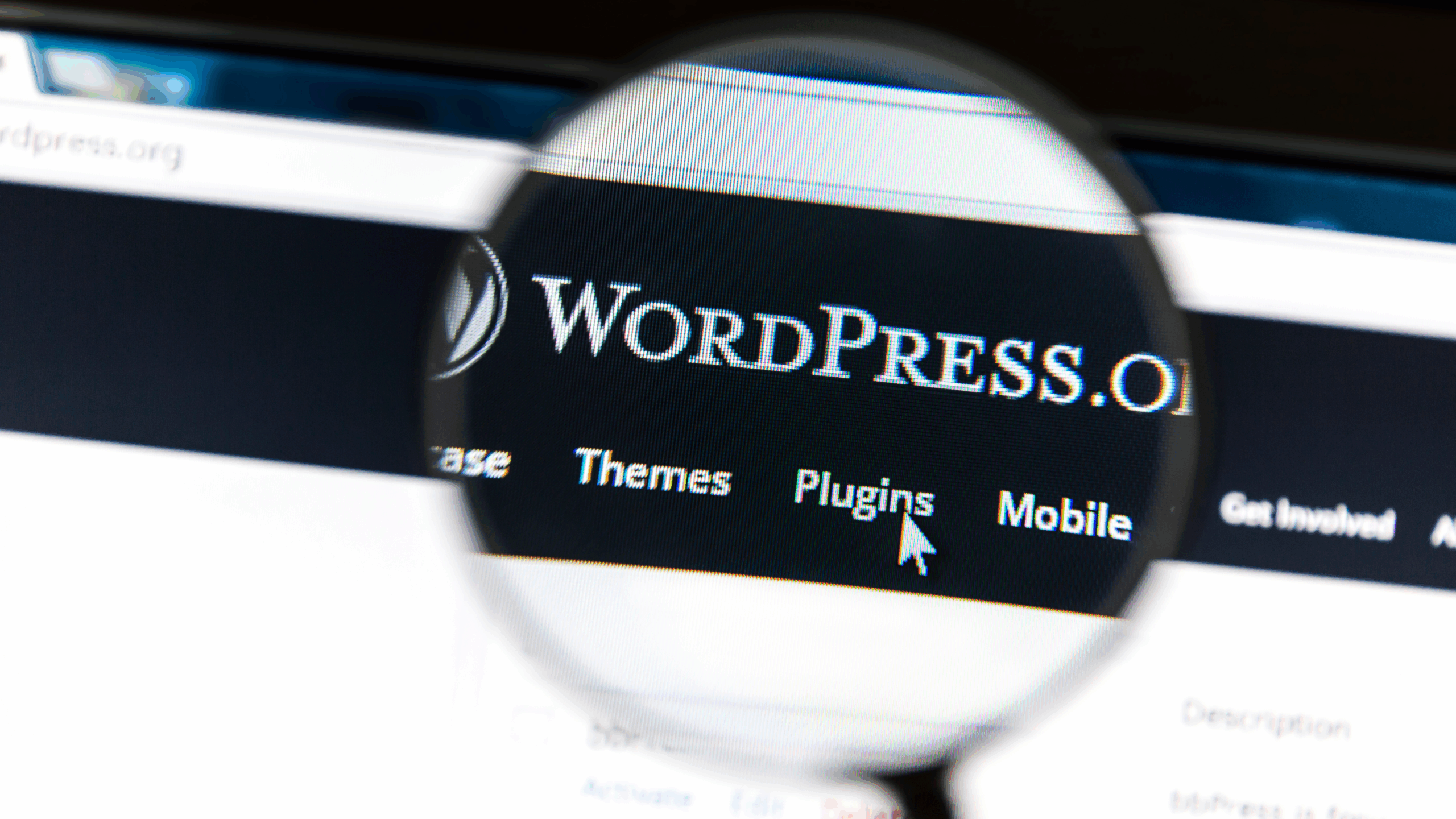News
Milton Keynes Achieves CITY Status
Why Milton Keynes deserves city status
1. A planned city created to thrive during Her Majesty’s reign.
Always intended to be a city, Milton Keynes represents the pinnacle of the post-war planning movement rebuilding the nation and accommodating its growing population.
In 1967, an Act of Parliament fired the starting gun for Milton Keynes to become a New City for 250,000 people at the centre of the UK, a powerful ‘counter-magnet’ to London. Government had envisaged it would grow to become a city, and the statutory order designating some 22,000 acres – an area far larger than most other British cities – was its promise for this
Milton Keynes is the culmination of national achievement, standing out as the pinnacle of the national post-war planning movement which sought to rebuild the country after World War II, accommodating a growing population against the background of bombed cities.
The Government had the foresight to cleverly weave together 34 square miles of historic towns, ancient villages, and hamlets with connected, green corridors. Chronological and thematic layers of history, archaeology, and culture helped to create interesting places for people to thrive.
From the start, it was and is a mosaic of communities, built by people for people. ‘MK’, as residents affectionately call it, has been a constant thread for much of the reign of Her Majesty, who with the Royal Family has supported its growth, people and communities over many decades and many visits.
2. Inspiring unity through diversity
Disproportionately influential for its size, Milton Keynes is home to great diversity, which in turn has created a strong and sustainable community.
Migration has always been writ large. Pioneering citizens built their communities from the ground up when moving to the New City in the 1970s; days when new households were gifted a tree by the Development Corporation.
Today, 140 languages are spoken in Milton Keynes’ schools including those of every Commonwealth nation, and 30 religions are observed.
People of faith connect with each another, bridging religions. Temples, mosques, churches, and synagogues rejoice in a variety of expressions of faith. There are more than 90 designated places of worship, some of which date back to Domesday. The first Peace Pagoda in the Western Hemisphere was opened in 1980. Christ the Cornerstone Church (dedicated by Her Majesty) was the first purpose-built ecumenical church in the UK and provides a space in which five Christian denominations work together and worship, sharing a commitment to serve citizens.
A welcome is extended to an ever-increasing number of people of different faiths and places from across the Commonwealth and globe, enriching the spiritual and cultural life of the area immeasurably, with successive groups quickly able to offer their own distinctive contributions.
Annual Interfaith Week events organised by the Milton Keynes Islamic Arts and Culture (MKIAC) group have been recognised with a Queen’s Award for Voluntary Service. Projects and events are also organised through the local Council of Faiths, encouraging groups to work alongside one another in solidarity – evidenced in the high level of support for the initiatives such as foodbanks and the support offered to Afghan and other refugees.
The award of city status would be a recognition of the commitment behind this unity and would undoubtedly inspire further dedication and engagement.
3. A warm heart for inclusivity and volunteering
The citizens of Milton Keynes have a notable reputation for their willingness to volunteer, their charitable giving, and their care for others. Awardees of the Queen’s Award for Voluntary Service and the British Empire Medal set a precedent among generous communities.
An estimated 84,500 citizens are volunteers, higher per head than in any UK city.
The Community Foundation, CommunityAction:MK and Young Minds help lead the way in the third sector, and national charities include the Spinal Injury Association (patron HRH The Princess Royal), World Vision UK, Headway, and the world’s first interactive education village, Hazard Alley. Many charities are long established, for instance MK Act has been protecting people from fear and abuse for more than 45 years.
Since 2013, Milton Keynes has celebrated ‘ability’ rather than ‘disability’ with a dedicated awareness day to showcase the unique talents and achievements of local people living with disability and the charities that support them. Charities including MK SNAP (Milton Keynes Special Needs Advancement Project) and the MK CIL (Milton Keynes Centre for Integrated Living) provide opportunities and support to people with disabilities, complex needs and neurodiversity. MacIntyre, the national charity empowering people with learning disabilities is based in MK.
Organisations listen to the lived experiences of people with learning disabilities, championing and promoting their views to shape services. Institutions provide inspiring cultural experiences for visitors with specific needs and aspirations. For instance, StadiumMK was one of the first stadiums in the UK to be fully wheelchair accessible and has a 360o concourse and unusually, Milton Keynes Gallery has innovations including a double sized lift for two wheelchair users to ride side by side.
4. Opportunities for the young to form new traditions
Milton Keynes has a younger age profile than the UK average (27% of residents are 19 or under) and its young citizens have an important voice in shaping the future of their home.
Milton Keynes is the only fully-parished urban borough in England. Work between the local authority and the 48 independent parish and town councils is helping society move closer to where and how decisions are made.
It is at the forefront of devolution, actively passing down assets, service and power to communities. Hectare for hectare, more Neighbourhood Plans have been made by parishes in Milton Keynes than almost anywhere else in the nation.
Strong links with original citizens are also being forged with younger generations born here, which is reflected in a high level of public participation in democracy. The elected Youth Cabinet (YCAB) gives young people a powerful, democratic voice and engages 14,000 young people.
Many schools, including primary and special schools have vibrant youth councils.
Over a third of Milton Keynes Council councillors are aged 40 or under, reflecting the political engagement of the younger generation.
Interaction with communities is part of life for young people, inspired by a wealth of open spaces and leisure facilities, and a strong network of groups across army, sea and air cadet attachments, Scout and Girlguiding and beyond. The Council is providing its former registry offices to the South East’s Reserve Forces’ and Cadets’ Association to use as a Joint Cadet Centre. Schools and organisations including the Parks Trust run activities from tree planting to ‘environmental heroes’ sessions. Projects such as ‘Crack It’ connect children with communities to refresh public spaces. Fresh Youth MK offers mentoring and community engagement opportunities for BAME young people.
There are also many opportunities for young people to express and develop their skills in the arts and drama. For instance, since 1970, The Stables has provided affordable residential music experiences through its National Youth Music Camps which bring together young people from all walks of life, providing a formative part of their musical development. MOTUS Dance welcomes hundreds of young dancers through its Jump Start scheme.
5. The richness of its heritage
The significance of Milton Keynes’ heritage with its frequent Royal connections, and the variety of its historic market towns and ancient villages provide its greatest surprise.
There are thousands of artefacts evidencing the ancient strategic location of Milton Keynes, from Neolithic sites to Bronze Age gold; the largest UK Iron Age Roundhouse at Blue Bridge to a rare ‘La Tène’ dagger votive offering in Newport Pagnell; a Roman Patera from Olney to the oldest UK gold coin c200BC at Fenny Stratford.
In 1066, when William I held both England and Milton Keynes Village, the historic towns and villages that remain a thriving part of modern Milton Keynes had already formed. These important communities each have their own distinct identity and contribution. In Milton Keynes you can find the world’s first planned railway town – home of the Royal Train; coaching inns that inspired the phrase A Cock and Bull Story; the last parchment works in the country and still providing the vellum for Royal Declarations; the world’s oldest Shrove Tuesday pancake race dating back to 1445, and many more gems.
Every market town, historic village and new grid square is also Milton Keynes, at the same time ancient and modern, urban, and rural, village and city.
6. Where green and blue spaces combine
A unique ‘City in a Forest’ with 40% green space and more biodiversity in the modern city than was found in the agricultural land it replaced.
Thanks to enlightened city planning from the outset, the environment is integrated into every part of life. It was the fundamental driver for why the urban area looks as it does today, since a goal for the new estates was that everyone would live within a short walk of a green space, park or play area.
The green network is essential for travelling by bike, on foot, or by scooter, and residents never need cross a grid road to walk across the urban area. The network is now being used extensively by our much-loved fleet of Starship delivery robots, showing it is infinitely adaptable for future demands.
Rural activities in the city centre include hay making and cattle and sheep grazing within linear parks, where cricket bat willows are harvested and replanted every year. Ancient woodlands and agricultural hedges run through the New City, and an army of volunteers are engaged in conservation tasks from habitat creation to biodiversity surveys. The Ride High charity transforms the lives of children by giving them the opportunity to ride and care for horses.
Part of the New City’s unique character comes from the integration of green spaces with its blue counterpart of rivers, waterways, lakes, and canal. This green and blue network continues to contribute to the city’s resilience, including how flood risks are managed. It increases biodiversity and benefits the mental and physical health and quality of life of its citizens, the importance of which cannot be overstated. The innovative Parks Trust model is fundamental in achieving this, with excellent stewardship, commitment to environmental education, and a self-funding mechanism that does not rely on public money.
Green spaces are regularly used for the unique festivals and events of MK’s diverse communities, for example India Day, the African Diaspora Festival, Playday and MK Pride. The Tree Cathedral, one of only three in the UK, offers space for quiet contemplation, compared to the MK Bowl, a space for very noisy celebrations. Hundreds of additional trees will be planted in the coming year as part of The Queen’s Green Canopy.
7. Teaching the world how to be a smart and sustainable city
Milton Keynes is a city of firsts and innovation, and a living laboratory for sustainable smart city projects, giving others a glimpse into the future.
Long before the modern creation of the New City, Milton Keynes has broken boundaries as a place of innovators and pioneers. Luxury vehicles were created at Salmons Coachworks, later Aston Martin, from 1830. Wolverton became the world’s first planned railway town in 1837.
More recently, it has been a trailblazer in sustainable housing design with renowned exhibitions including Homeworld and Energy World. Milton Keynes was the first place to introduce kerbside recycling, and the UK’s first advanced waste treatment facility, now producing renewable energy for thousands of homes and businesses. It has hosted trials of autonomous vehicles that could change the way we travel in years to come. Robot delivery vehicles are a common sight, as is the nation’s largest network of electric vehicle charge points.
While climate change wasn’t a concern in 1967 when the New City was designated, the sustainability goal enshrined in the original Plan for Milton Keynes to use resources efficiently and imaginatively has set it in good stead for today and the future.
Local ambitions are to be carbon neutral and carbon negative by 2030 and 2050 respectively by decarbonising transport, producing more energy from renewable sources and waste, and pushing the boundaries on sustainable construction.
8. Planned for opportunity
Admired on the international stage, a steady stream of people visit every year to learn lessons from a planned New City, which would become Buckinghamshire’s first city.
Emerge from the central railway station which HRH Prince Charles opened in 1982 and you could not be anywhere else in the UK. Show someone an aerial view and they will only have one answer to ‘which place is this?’
Six goals have been guiding principles for Milton Keynes’ development: opportunity and freedom of choice; easy movement and access; balance and variety, the creation of an attractive city; public awareness and participation; and efficient and imaginative use of resources.
The huge urban expansion was held together by an unrivalled green framework. Neighbourhood housing is based around schools and local centres. Characteristic grid roads run between urban districts, with a revolutionary 200 mile-long system of independent and safe cycle and pedestrian paths, alongside intensive tree planting, lakes and parkland.
Milton Keynes would become Buckinghamshire’s first city. The award would be a recognition of the huge project of New Towns in which two million people live across the UK.
9. Designed for business growth
One of the nation’s most productive places and home to more than 14,000 businesses including 700 internationally owned, with exceptional growth potential within the Oxford-MK-Cambridge Arc.
Milton Keynes generated £15.7 billion GDP in 2018, which makes it one of the UK’s most productive and largest economies. A thriving and expansive business community covers digital technology, high performance engineering, financial, legal services, retail, logistics and hospitality, and delivers productivity that’s 27% above national levels.
Frequently named one of the most entrepreneurial locations in the UK with a high start-up rate and strong year on year economic (2.1%) and jobs growth (1.3%).
Businesses based in Milton Keynes include Red Bull Racing, Mercedes-Benz, John Lewis (national distribution centre), four-time Queen’s Awards for Enterprise winner Niftylift, and Santander, currently investing £150m into a state-of-the-art flagship technology hub.
Her Majesty’s Government Communications Centre is based at Hanslope Park, the base for hundreds of talented civil servants who are also residents of Milton Keynes.
The innovative Milton Keynes Family Drug and Alcohol Court was the first of its kind outside London. Milton Keynes Council is working with partners to establish a new MK Justice Centre that can house a Crown Court.
10. Innovation through education
Institutions are strategically aligned to deliver business-relevant learning, focusing on innovation and digital skills.
With a growing reputation for working with business and an emphasis on non-traditional methods, there is a unique educational ecosystem evolving in Milton Keynes that is fair, inclusive, and collaborative – a model for the UK.
The internationally renowned Open University (OU) is the world’s first degree-awarding distance learning institution, established in MK by Royal Charter in 1969. It pioneered innovative, low-energy housing developments in the 1970s, which led to higher building standards and improvement in calculating energy demand across the UK. More recent work includes the development of low-carbon systems for domestic and transport use building on the work of MK:Smart, a project with local public and private sector partners to develop a model ‘smart city’.
Conceived and supported by business with a curriculum focused on digital technology, data science, cyber security and management skills, MK:U is a new model university for the 21st century being developed by Cranfield University and Milton Keynes Council.
Milton Keynes College leads on the South-Central Institute of Technology, which has secured funding to deliver a state-of-the-art, artificial intelligence skills centre, serving as a hub for companies and educators to use digital skills and artificial intelligence concepts.
The Milton Keynes University Hospital NHS Foundation Trust has established the nation’s first independent medical school, helping it attract, train, and retain the best clinical talent. Its state-of-the-art facility opened in 2017 and is fast-growing, with a new Cancer Centre recently added.
11. A regional destination for culture and leisure
Proudly hosting major sporting and cultural events, award-winning venues, and a myriad of opportunities for citizens to participate and engage.
A regional destination for the 18 million people who live within 60 minutes’ travel, with an award-winning gallery, theatre, numerous live music venues including The Stables (one of the most popular venues in the country, founded by Sir John Dankworth and Dame Cleo Laine) a resident orchestra, 270 pieces of public art, and a diverse selection of museums and heritage attractions, most famously Bletchley Park which celebrates the incredible achievements of Britain’s World War II codebreakers.
Milton Keynes is the home of Badminton England, and the National Badminton Centre provides world-class courts and gym facilities used by Olympic athletes. StadiumMK and the adjacent Marshall Arena host national and international sporting events as well as concerts.
There are plentiful opportunities for citizens to contribute through groups, arts workshops, and festivals such as those organised by the by Milton Keynes Islamic Arts and Culture (MKIAC) group, the Filipino Society of Milton Keynes, IF – the biennial International Festival organised by The Stables, PRIDE, Art in the Park and MK Innovate.
















The Ultimate Social Media Guide
With the ever-growing power of social media, we use the latest techniques, video, and animation software to craft eye-catching social media assets that make your brand pop. Our designers, wielding Adobe Creative tools, create distinctive animations and graphics to illuminate your brand story and highlight your products or services. Want a unique design? No problem – we also offer bespoke designs to match your brand aesthetic.